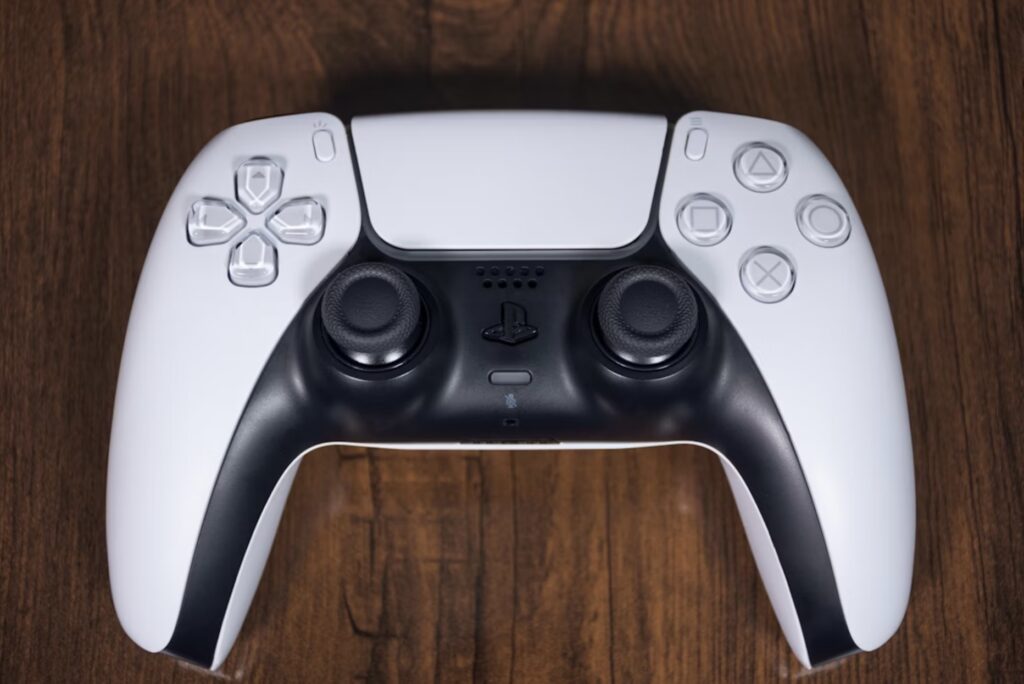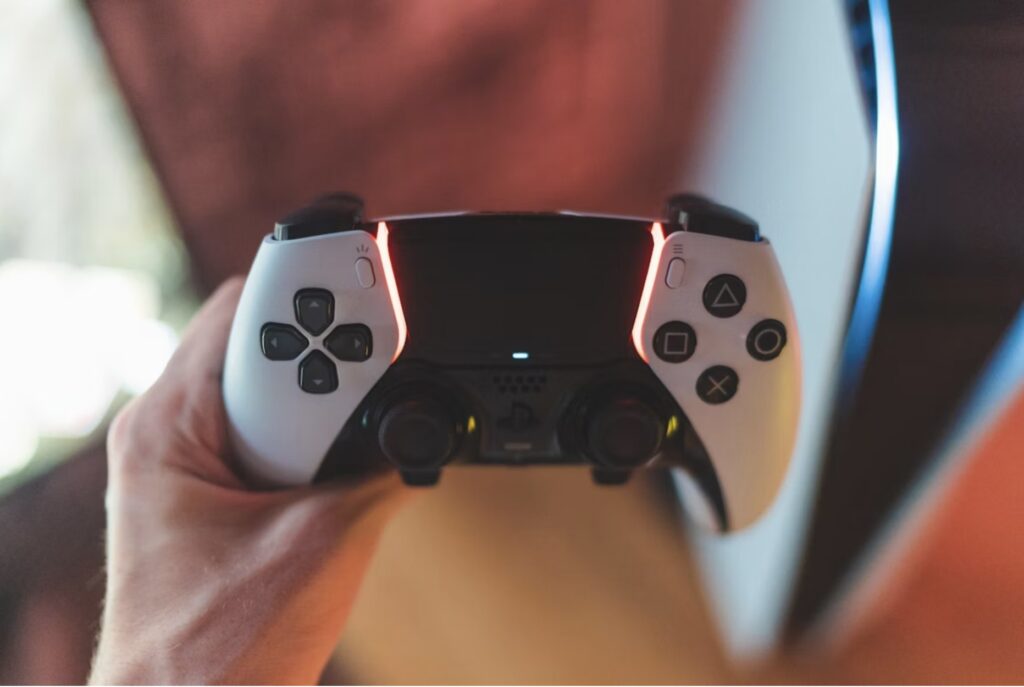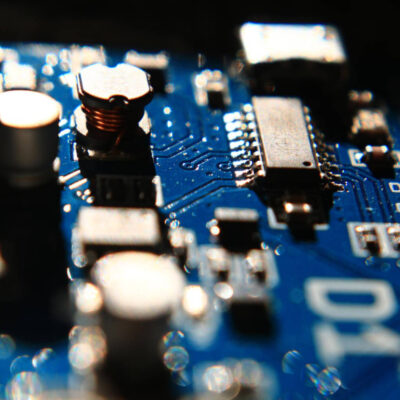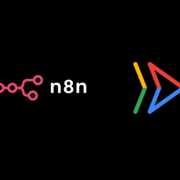
Remember when controller vibration was just a generic buzz that meant “something happened”? Those days are long gone. Modern haptic feedback technology has transformed gaming controllers into sophisticated devices that let you feel the difference between walking on gravel versus splashing through mud, or sense the tension of drawing a bowstring versus pulling a trigger.
This isn’t just about making controllers shake anymore. Haptic feedback has become a genuine game-changer (literally) that adds a whole new dimension to how we experience virtual worlds. And once you’ve felt it done right, going back to old-school rumble features feels like downgrading from HD to standard definition.
What Is Haptic Feedback, Really?
Let’s cut through the tech jargon for a second. Haptic feedback is basically your controller’s ability to create different physical sensations that match what’s happening on screen. Instead of just vibrating at one or two intensities, modern haptics can produce incredibly precise and varied feelings.
Think of it this way: old rumble technology was like having an on-off switch. Modern haptics are like having a full orchestra of sensations at different frequencies and intensities. Your controller can now simulate textures, resistance, impact force, and even directional feedback with surprising accuracy.
The magic happens through advanced motors and actuators that can pulse, vibrate, and create resistance in ways that genuinely mimic real-world sensations. It’s the difference between feeling “something” and feeling exactly what that something is.
The PlayStation 5 DualSense Revolution
Sony really threw down the gauntlet when they released the PS5’s DualSense controller. This thing didn’t just improve on existing haptics. It completely reimagined what a controller could communicate to players. Suddenly, you could feel individual raindrops hitting your character, sense the crunch of snow under your boots, or experience the difference between driving on asphalt versus dirt roads.
The adaptive triggers deserve special mention here. These aren’t just buttons. They’re dynamic resistance systems that change how much force you need to press them based on in-game actions. Drawing a bow feels different from accelerating a car, which feels different from pulling a weapon’s trigger. Each action has its own unique resistance profile.
Games like Astro’s Playroom and Returnal showed what DualSense could do when developers fully embraced the technology. Players weren’t just seeing and hearing the game world. They were feeling it. That level of sensory feedback creates immersion that’s hard to explain until you’ve experienced it yourself.
Beyond PlayStation: The Industry Response
Sony’s bold move lit a fire under the entire gaming industry. Microsoft responded with their own haptic improvements in Xbox controllers, focusing on refined vibration motors and trigger feedback. The implementation might be more subtle than PlayStation’s approach, but it’s there, enhancing gameplay in ways players don’t always consciously notice but definitely miss when it’s gone.
Third-party manufacturers jumped in too, with companies developing premium controllers that push haptic boundaries even further. Razer gaming controllers, for instance, have incorporated advanced haptic systems alongside customizable features that competitive gamers love. These controllers blend precision haptics with the performance features that serious players demand.
Even Nintendo got creative with haptics in their own quirky way. The Switch’s Joy-Cons use HD rumble technology that can simulate everything from ice cubes clinking in a glass to the sensation of counting individual objects. It’s different from Sony’s approach but equally innovative in creating unique tactile experiences.

Nothing’s perfect, and haptic technology comes with its share of trade-offs. Battery life takes a noticeable hit when haptics are running at full intensity. Some players find themselves choosing between immersive feedback and longer play sessions, which isn’t an ideal compromise.
From a development perspective, implementing quality haptic feedback requires time and resources that smaller studios might not have. It’s another layer of polish that needs attention, and not every game benefits equally from haptic investment. Some developers phone it in with generic vibration patterns that don’t really add anything meaningful.
There’s also a learning curve involved. Developers are still figuring out best practices for haptic design, and sometimes the feedback can feel overdone or distracting rather than enhancing. Getting the balance right between noticeable and overwhelming takes skill and experimentation.
What’s Next for Haptic Gaming?
The future of haptic technology extends way beyond controllers. VR headsets are already incorporating haptic feedback into headstraps and faceplates, letting players feel impacts and environmental effects on their heads. Full-body haptic suits are moving from experimental prototypes to consumer products, though they’re still pretty niche.
Mobile gaming represents a massive opportunity for haptics. Smartphones already have vibration motors, and companies are developing more sophisticated haptic systems for mobile devices. Imagine playing a racing game on your phone and feeling every gear shift and road bump through the device itself.
We’re also seeing research into ultrasonic haptics that create sensations in mid-air without physical contact. That’s still far from mainstream gaming, but the possibilities are wild.
Wrapping It Up
Haptic feedback has evolved from a simple rumble feature into a sophisticated sensory channel that fundamentally changes how we interact with games. It’s no longer just a nice extra. For many players, it’s become an expected part of the gaming experience that adds depth, immersion, and accessibility.
The technology will only get better and more creative as developers learn to leverage it effectively. We’re still in the early days of what haptic gaming can become, and that’s genuinely exciting.









